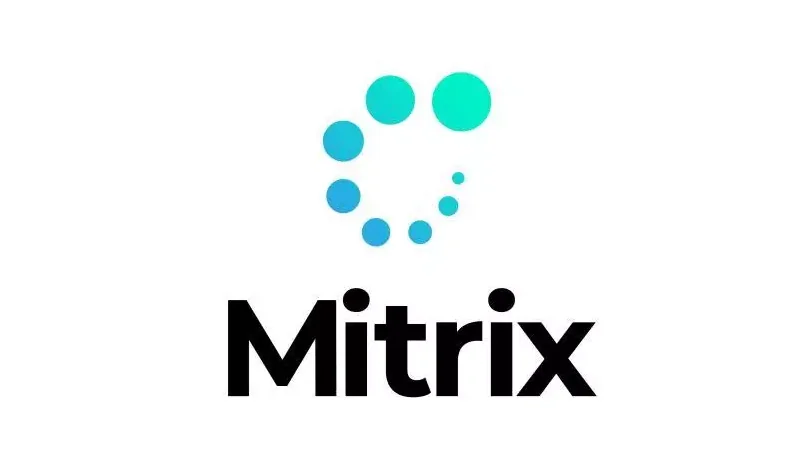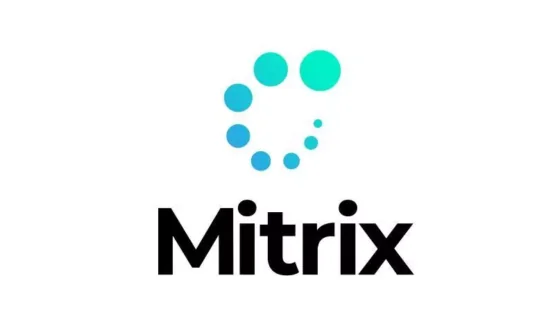Researchers from the University of Connecticut, Stanford University, Université Laval Quebec, and NSU Florida have helped test large-scale exogenous mitochondrial transplants in animal disease models and in-vitro human cells. The results suggest broad efficacy for targeting the immune system, brain, retina, liver, skin, and systemic anti-aging. This is the first time that a mitochondrial transplant has been applied to adult age-related diseases in a practical way.
Palo Alto, CA – July 19, 2022 – Investment funds have been making billion-dollar investments in longevity research, but so far, no breakthroughs are in sight. Now, that may be changing.
Today, Mitrix Bio announced early results of an 18-month project which involved top experts and contractors from the University of Connecticut Technology Incubation Program, Stanford University, Université Laval Quebec, and Nova Southeastern University. A series of mitochondrial transplants were performed in brain, eye, liver, immune system, and skin tests. In these tests, “young” highly functional mitochondria are grown in prototype bioreactors and transfused into the bloodstream. Cells absorb them to help supplement old, dysfunctional mitochondria and reverse energetic decline. These tests showed apparent age reversal in multiple endpoints in animal disease models in-vivo and human cells in-vitro. The results indicate potential future therapies for diseases such as Alzheimer’s, macular degeneration, cardiovascular disease, frailty, and immune senescence. A series of peer-reviewed papers will be released in coming months.
Experiments not only point toward specific diseases but suggest anti-aging effects on test animals’ strength, cognition, and appearance.
“These are still early results, and more work remains to be done in human tests, but we think the data points to a potential breakthrough in longevity…in a shorter timeframe compared to other longevity treatments,” says CEO Tom Benson.
“There are plenty of commonsense ways to protect mitochondrial function, like exercise and good nutrition, but none of those are likely to stop mitochondrial decline at 80 years old,” Benson adds, “but with mitochondrial transplant, we’re not just tinkering around the edges, this replaces mitochondria entirely, like replacing the engine in your car to get another 100,000 miles.”
First time in adult disease
For the past decade, researchers have been testing exogenous mitochondrial transplants. But these tests have been confined mainly to rare pediatric diseases and surgery, not the larger world of adult diseases and longevity, due to scarce supplies of donor mitochondria. Just as liver or kidney organ transplants are limited by the availability of donors, mitochondrial “organelle transplants” are limited by scarce supplies of donor mitochondria.
The Mitrix Bio project was launched to overcome this limitation for adult diseases. In the Mitrix process, the first step is to grow mitochondria in prototype bioreactors. Next, those mitochondria are given a special coating to protect against immune reactions along with molecular receptors to target specific tissue types. These coated mitochondria are infused into the body, where they travel to desired tissues and take up residence in cells.
Mitrix Bio has also tested naturally occurring mitochondria in vesicles, called “Mitlets,” as announced in 2021.
What are mitochondria, and how do they lead to age-related disease?
Mitochondria are “the powerplants of the cell” – tiny organelles that generate power for cellular replication, waste removal, movement, and functioning. Research in the past decade has shown mitochondria are highly mobile, transferring from cell to cell or via the bloodstream. It is known that mitochondrial dysfunction, due to injury, age, or mutation, can cause disease.
Parts of the body currently being tested:
- Skin. Potentially reversing the photoaging process on the face and hands.
- Neurodegenerative (Alzheimer’s, Parkinson’s, ALS). Testing regeneration of mitochondrial energy in neural tissues.
- Vision (AMD, Glaucoma). Potentially regenerating the retina, one of the body’s most energy-intensive organs.
- Immune system. (Sepsis, infectious disease such as Covid). Testing reversal of immune system senescence.
- General anti-aging. Potential anti-aging therapy to improve strength, cognition, and vitality.
A foundation beneath other longevity treatments
The longevity field often refers to the “7 pillars” of longevity. But according to Mitrix, mitochondrial treatment should be viewed not just as a pillar but as a foundation, or a floor, supporting the other six longevity pillars. They see energetic regeneration at a cellular level as a prerequisite for other treatments. Benson says: “As people age, their tissues experience chronic energy depletion – there’s not enough energy for cells to function, DNA becomes damaged, and stem cells lose their stemness. Our goal with mitochondrial transplant is to raise the energetics of the entire system so it’s ready for other types of longevity treatments.” Dr. Benedict Albensi, Ph.D., a noted expert in mitochondria and Principal Investigator for Mitrix Bio, says: “All things considered, having improved bioenergetics trumps many of the negative impacts of aging. Even if improvement from mitochondrial transplant is indirect, it buys time, and that is what longevity is all about.”

Is mitochondrial transplant FDA-approved or available for use?
No. Mitochondrial transplant is a purely experimental concept with significant risks, not yet FDA-approved for human use.
About Mitrix Bio Inc.
Mitrix Bio (www.mitrix.bio) is a Pleasanton, CA-based preclinical biotech startup developing mitochondrial transfusion therapeutics. It was founded by Tom Benson, a former manager at Stanford Linear Accelerator National Lab, with advisors such as Dr. Michael Snyder, Chair of the Genetics Department at Stanford University, Dr. Thomas Rando, Director of the UCLA Broad Stem Cell Research Center and former director of the Glenn Center for the Biology of Aging at Stanford University, and Dr. Ben Albensi, Chair of the Department of Pharmaceutical Sciences and Co-Director of the BRAIN Center at Nova Southeastern University in Florida. Mitrix Bio is funded by R42 Group, Longevity Tech Fund, and QuadraScope Health Ventures.
About UConn’s Technology Incubation Program (TIP):
TIP falls under the umbrella of UConn’s Office of the Vice President for Research, Technology Commercialization Services (TCS), which works with innovators, entrepreneurs, investors, and industry partners to transform UConn’s discoveries into products, companies, and jobs that benefit society and fuel economic development. Through a coordinated approach between tech transfer, licensing, and startup teams, TCS provides service that enables success for faculty, business, Connecticut, and beyond.
Visit www.mitrix.bio for more information.
Contact:
Tom Benson
CEO, Mitrix Bio, Inc.
(650) 539-8950




